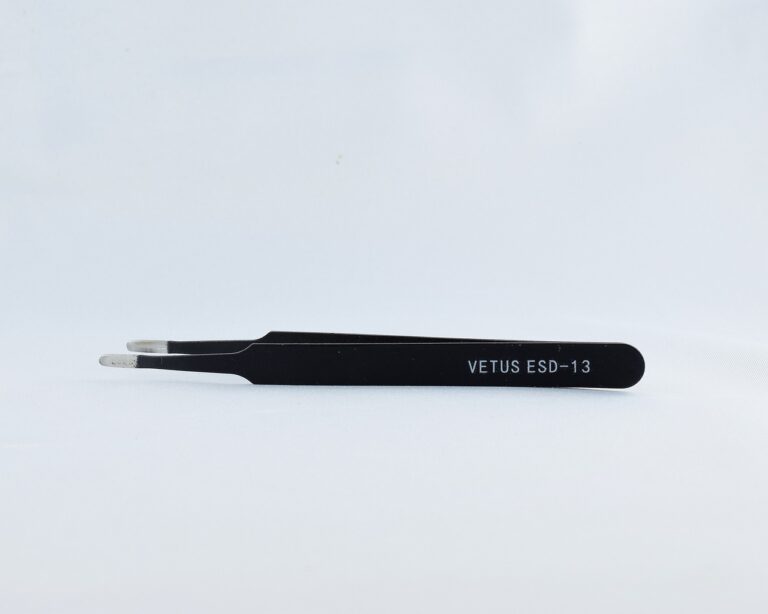The Potential of 3D Printing in Healthcare
3D printing technology has revolutionized the healthcare industry in numerous ways. One key benefit of 3D printing in healthcare is the ability to create customized medical devices tailored to individual patient needs. This has significantly improved patient outcomes by ensuring a better fit and functionality of prosthetics, implants, and other medical devices.
Moreover, 3D printing has enabled healthcare professionals to practice more precise surgical planning through the creation of patient-specific models. These models allow surgeons to visualize complex anatomical structures in detail before entering the operating room, leading to shorter surgical times, reduced risks, and improved post-operative results.
Application of 3D Printing in Prosthetics
Prosthetics have significantly advanced with the emergence of 3D printing technology. This innovative approach allows for the creation of custom-fitted prosthetic devices that are tailored to meet the specific needs of each individual patient. By using detailed scans and precise measurements, prosthetists can design prosthetics that offer a better fit, increased comfort, and improved functionality compared to traditional one-size-fits-all options.
Moreover, 3D printing enables faster production of prosthetic devices, reducing the time it takes for patients to receive their much-needed replacements. This rapid turnaround time is particularly beneficial for individuals who require immediate prosthetic solutions due to injuries or medical conditions. The ability to quickly design and produce prosthetics using 3D printing technology has revolutionized the field, offering patients greater mobility and quality of life.
• 3D printing allows for the creation of custom-fitted prosthetic devices
• Detailed scans and precise measurements are used to design prosthetics tailored to individual patients
• Custom-fit prosthetics offer better fit, increased comfort, and improved functionality compared to traditional options
• Faster production of prosthetic devices with 3D printing technology
• Rapid turnaround time benefits individuals who require immediate prosthetic solutions
• Quick design and production process revolutionizes the field, offering greater mobility and quality of life for patients
Advancements in Surgical Planning with 3D Printing
3D printing technology has revolutionized the field of surgical planning by offering unprecedented precision and customization. Surgeons now have the ability to create detailed 3D models of a patient’s anatomy from medical imaging scans, allowing for a comprehensive understanding of the unique intricacies of each case. This level of personalized planning enables surgeons to meticulously strategize the most effective approach, leading to improved outcomes and reduced risks for patients undergoing surgery.
Furthermore, 3D printing facilitates the development of surgical guides and tools that are tailor-made for each patient. These custom devices can assist surgeons during procedures by ensuring accurate placement of implants or guiding incisions with precision. By leveraging the capabilities of 3D printing in surgical planning, healthcare professionals can optimize the efficiency and effectiveness of their operations, ultimately enhancing patient care and treatment outcomes.
What are some of the benefits of using 3D printing in healthcare?
Some benefits of using 3D printing in healthcare include personalized treatment options, faster production of medical devices, and improved surgical planning.
How is 3D printing being used in the creation of prosthetics?
3D printing is being used to create customized prosthetics that fit the patient perfectly, improving comfort and functionality.
How has 3D printing advanced surgical planning?
3D printing allows surgeons to create models of a patient’s anatomy, which can be used for pre-surgical planning and practicing complex procedures.
Are there any limitations to using 3D printing in healthcare?
Some limitations of using 3D printing in healthcare include cost, regulatory challenges, and the need for specialized training in 3D printing technology.







